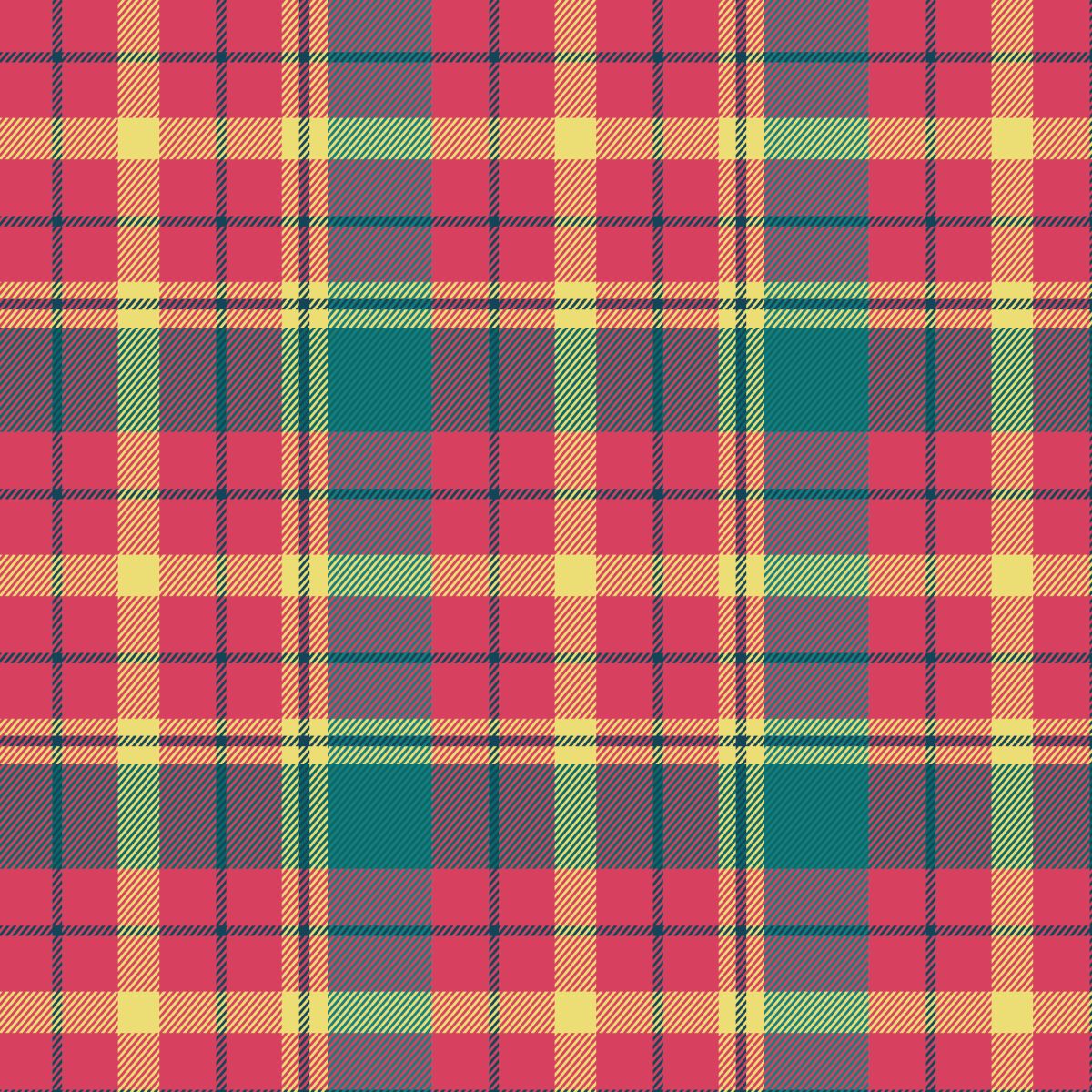Named after the southern Indian city of Chennai’s original name, “Madras” is a lightweight Indian cotton textile that is typically created with a tartan pattern. The unique lightweightness of madras has made the fabric a desirable textile for summer wear, that would later be ubiquitously tied to WASP and Ivy League culture in the 1950s through the 1980s.
While the fabric is often associated with summer leisure, the history of the textile and its global spread across the Americas and the Caribbean is fraught with imperialism, colonialism, and slavery. It was created and worn by oppressed peoples under British colonial rule.
While most historians date the earliest form of madras as being invented in the eleventh century, the textile we now commonly associate with madras wasn’t created until the seventeenth century, when specific cotton textiles began to be incorporated into more intricate patterns.
Following British colonization, the British East India Company was quick to adapt madras into England’s own textile industry. Soon, the textile would appear across the British Empire, where it would play a crucial role in dressing enslaved Africans in the Caribbean.
Over the course of the eighteenth century, England eventually banned the widespread sale of madras through laws designed to protect England’s domestic textile industry. The textile was instead auctioned off to British slave traders, who used it to clothe newly purchased enslaved Africans.
The textile became a key element in the formation of West Indian culture, which increasingly incorporated African and European sartorial elements by enslaved Black peoples. Madras became ubiquitously tied to enslaved Black/Creole women, who often used the cloth for head wraps or “tiagons.”
While the act and styling of head wrapping is continuity from West Africa, through the use of madras enslaved Black women across the African diaspora were able to create a distinct style that became noted for its elegance exemplifying their ingenuity.
Interestingly, the sartorial elements that compiled the majority of Black West Indian culture – a white muslin dress, hoop earrings, and of course, a madras headwrap– began to appear in mainstream European fashion, but in particular French fashion during the late eighteenth and early twentieth century.
Prominent French fashionistas, such as Pauline Bonaparte, the sister to Napoleon, began to adopt or appropriate the dress of Black West Indian women, which included the use of madras for headwear. While madras is of course not West Indian in origin, the use of madras by enslaved Black women became distinctly a part of Afro-diasporic culture in the Americas and Caribbean.
Madras to this day is still a part of the traditional dress of many West Indian islands such as Dominica, Saint Lucia, and Martinique. Despite being Indian in origin, Madras would become globally a fashion staple across Southeast Asia, Africa, and the Caribbean. Unfortunately, this was the direct result of colonization and through slavery, became a part of many Afro-diasporic cultures and identities.
Madras’ complicated history embodies how many material and cultural elements of the Americas are fraught with the history and effects of European colonization and how sartorial elements can be worn across different societies.

